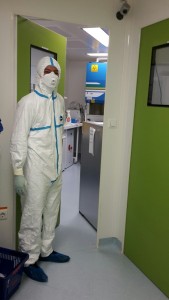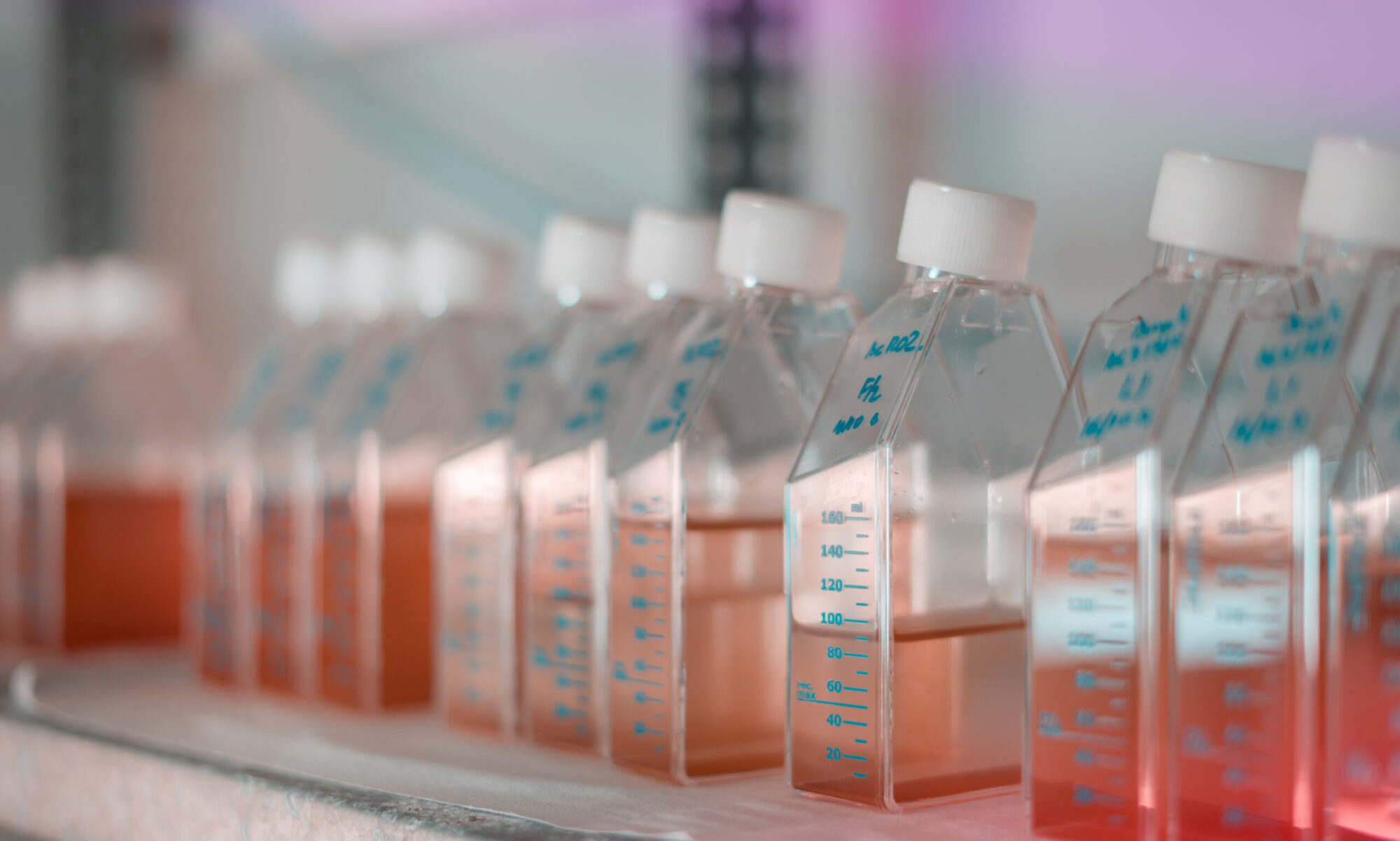| Acronym: REAGIR | Pyrethroid resistance in Aedes aegypti: evaluation of new insecticides candidates and study of the phenomenon of reversion. | ||
| Principal investigator | Isabelle DUSFOUR (Institut Pasteur de la Guyane). | ||
| Focal point IPNC | Nicolas POCQUET | ||
| Collaborators at IPNC | Laurent GUILLAUMOT, Morgane POL, Sosiasi KILAMA, Marine MINIER. | ||
| Other Collaborators | Fabrice CHANDRE (IRD), Jean-Philippe DAVID (LECA) | ||
| Budget | 199 450 € | Budget devoted to IPNC : 54 746 € | |
| Funding | The National Agency for Food Safety, Environment and Work (ANSES) | ||
| Timeline | Start date: Ending 2014 |
End date: End of 2017 (==> extended to 2018) |
|
| Context | |||
| Aedes aegypti is a mosquito of major medical importance in the intertropical zone, where it transmits arbovirus, especially dengue, chikungunya and Zika viruses. In the absence of any vaccines or effective treatment against these diseases, vector control remains essential. The control of Aedes aegypti is largely based on the use of insecticides, whose effectiveness is now compromised by the development of insecticide resistances. Despite the impact of these resistances on the effectiveness of vector control treatments, there is not much data on the evolution of these resistances in the absence of insecticide pressure. | |||
| Objectives | |||
| In a context of strong resistance of Ae. aegypti to insecticides in most French overseas territories, this project aims to i) identify new usable active substances and ii) better understand the evolution of resistance to pyrethroids within populations of this species submit to different selection pressures. | |||
| Methods | |||
| Task 1: populations sampling and assessment of their deltamethrin resistance levels.
Task 2: screening new adulticides by bioassay on laboratories strains of Ae. aegypti. Task 3: assessment of the possibility to deltamethrin resistance reversion. Four lines are breed in parallel over 10 generations and under different insecticide pressure conditions. Task 4: evaluation of the counter-selection of deltamethrin resistance for resistant lines subjected to two new insecticidal molecules (identified in task 2). Task 5: monitoring the evolution of resistance to deltamethrin and the mechanisms involved (i.e. target mutation, expression of detoxification genes) on the experimental lines of tasks 3 and 4. |
|||
| Results | |||
| The populations of French Guyana were found to be much more resistant to deltamethrin than those of New Caledonia (NC). In the absence of insecticide pressure, the deltamethrin resistance level has slightly decreased in NC. On the other hand, the regular introduction of susceptible individuals has had a beneficial effect on reducing the resistance level. The monitoring of the resistance mechanisms shows a weak involvement of the kdr mutations in NC (1011M and 1534C), but a clear correlation between the levels of resistance and expression of some oxidases, in particular CYP9J28. Unfortunately, the majority of candidate insecticides that have proven ineffective in Task 2. | |||
| Perspectives | |||
| The project aims to provide answers to the problems faced by vector control operators, namely the small number of useful molecules and the development of pyrethroid resistances. At term, this project could provide a strategy to manage Ae. aegypti resistance to this family of insecticides. | |||
VecPae
| Acronym: VECPAE | Arbovirus vectors in the Pacific: diversity, distribution and identification tools of Aedes sp. for public health. | |
| Principal investigator | Nicolas POCQUET | |
| Focal point IPNC | Nicolas POCQUET | |
| Collaborators at IPNC | Morgane POL, Sosiasi KILAMA, Myrielle DUPONT-ROUZEYROL. | |
| Other collaborators | Hervé BOSSIN (ILM), Van-Mai CAO-LORMEAU (ILM), Mike KAMA (MoH Fiji), Esau NAKET (MoH Vanuatu), Matthew SHORTUS (WHO) | |
| Budget | 60 000€ | Budget devoted to IPNC: 60 000€ |
| Funding | Pacific Fund (30 000€), IPNC (30 000€) | |
| Timeline | Start date: Oct. 2017 | End date: March 2019 |
| Context | ||
| Vector-borne diseases are a major public health concern in the Pacific. In addition to dengue, the last five years have seen the emergence of chikungunya and Zika viruses in the South Pacific. These viruses are transmitted by mosquitoes of the Aedes genus (subgenus Stegomyia), whose a large number of species are present in the Pacific. Identifying these species in the different Pacific Island Countries and Territories (PICT) is an essential prerequisite to assess the risk for the population and develop an adapted control strategy. Unfortunately, most of these species belong to the scutellaris group and are morphologically very close. Their identifications require important expertise that is not always available on site. | ||
| Objectives | ||
| This project meets this needs by i) strengthening the capacity of Aedes vectors identification in the partner territories (Vanuatu and Fiji), ii) updating the knowledge on the distribution of arbovirus vectors in Vanuatu, Fiji, French Polynesia and New Caledonia, and iii) developing a tool for the rapid identification of vector mosquitoes for all PICT, based on the use of modern identification tools (Molecular Biology and Maldi-Tof Mass Spectrometry). | ||
| Methods | ||
| Task 1: Transfer of skills. Two training missions in entomology will be conducted in Fiji and Vanuatu.
Task 2: Vector distribution. During these missions in Fiji and Vanuatu, an inventory of the Aedes species of the scutellaris group will be carried out. The same type of inventory will be carried out in New Caledonia and French Polynesia respectively by IPNC and ILM. The mosquitoes collected will be identified and kept for the rest of the project. Task 3: Development of an identification tool. This part of the project aims to develop a fast and reliable tool for identifying Aedes species from the scutellaris group. For that, the sequencing of a gene allowing the species differentiation will be realized for individuals of each species and each locality, captured during the field missions. Thanks to the sequences obtained, an end-point real-time PCR will be developed, in order to have a faster and less expensive identification tool than sequencing. Finally, a rapid identification tool will be developed through Maldi-Tof mass spectrometry. This tool allows obtaining a specific protein spectrum of a species in a very short time and for a relatively low cost. |
||
| Expected Results | ||
| At the end of the project, we will have a database combining, for several individuals of each species found, i) morphological description, ii) sequence of gene of interest and iii) protein profile generated in mass spectrometry. | ||
| Perspectives | ||
| This partnership including for the moment Fiji, Vanuatu, French Polynesia and New Caledonia, can be extended afterwards to other PICT, which will help to anticipate the health risk for the region. | ||
InfraVec2
| Acronym: INFRAVEC 2  |
Research Infrastructure Program on insect vectors of human and animal disease
|
||
| Principal investigator | Institut Pasteur | ||
| Focal point IPNC | Nicolas Pocquet, | ||
| Collaborators at IPNC | Myrielle Dupont-Rouzeyrol, Olivia O’Connor, Morgane Pol, Sosiasi Kilama | ||
| Other Collaborators | 24 consortium partners (IP, UG, POLOGGB, IRD, IPNC, CUNI, CIRAD, Imperial, IRTA, EMBL, TPI, CAA, Trop IQ, MPIIB, FORTH, RUMC, UNS-FA, UZH, LSTM, IPD, USTTB, HSeT, WU, CNRFP). | ||
| Total budget of project | 10 000 000 € | Budget devoted to IPNC: 78 860 € | |
| Funding | European Commission Horizon 2020 | ||
| Timeline | Start date: March 2017 | End date: 2020 | |
| Context | |||
| Insect vectors transmit parasitic diseases such as malaria and leishmaniasis, and viral infections such as chikungunya, dengue, Zika, Japanese encephalitis and yellow fever. The 24 consortium partners hold the major European biosecure insectaries for experimental infection and containment of insect vectors under Containment Level 2 and 3 (CL2/CL3) conditions, other key insect vector facilities, and include front-line field sites in Africa, the Pacific, and the Americas. | |||
| Objectives | |||
| The Infravec2 project provides research resources and access to key infrastructures for insect vector biology at no cost to the end-user. The goal is to accelerate European research in insect vector biology research, and to develop new vector control measures targeting the greatest threats to human health and animal industries. | |||
| Methods | |||
|
As part of this project, IPNC will provide access to its Level 2+ laboratory for experimental infection with Aedes aegypti, and to provide dead mosquitoes (Ae. aegypti or Culex quinquefasciatus) or eggs of Ae. aegypti. IPNC is also in charge of creating a reference strain of Ae. aegypti whose microbiota will be characterized at the beginning of the breeding and during the generations.
|
|||
| Perspectives | |||
| Infravec2 will improve the exploitation of European vector infrastructures for research and public health, and will develop other innovative methodologies and technologies. | |||

